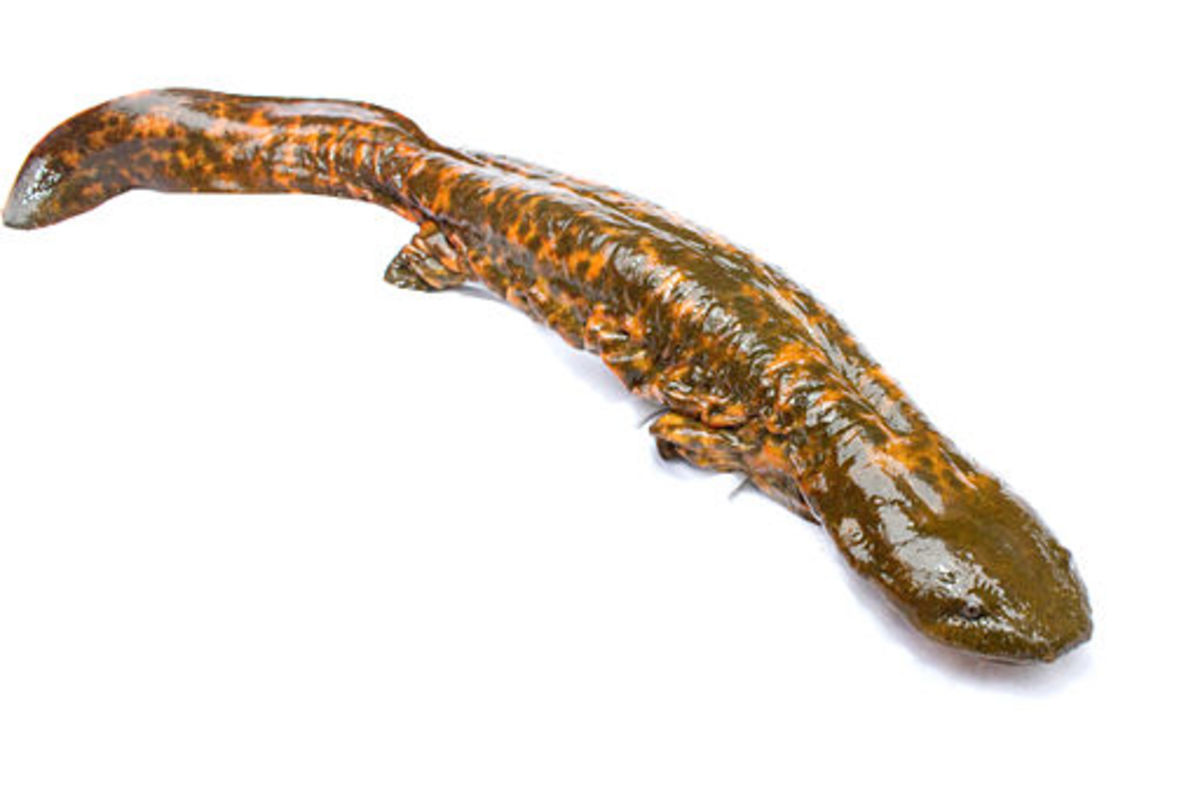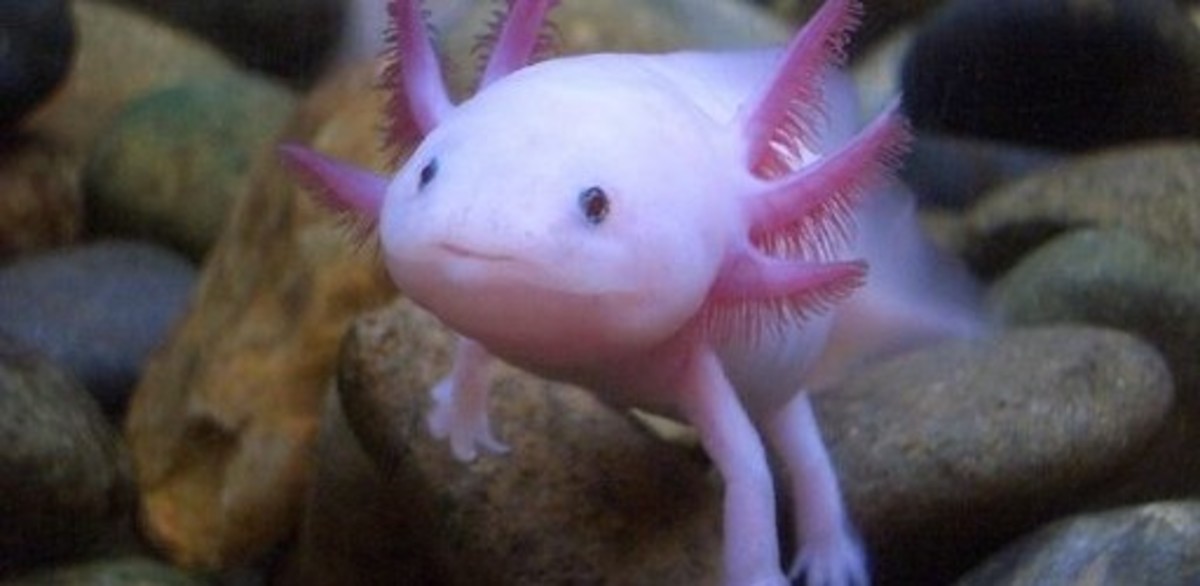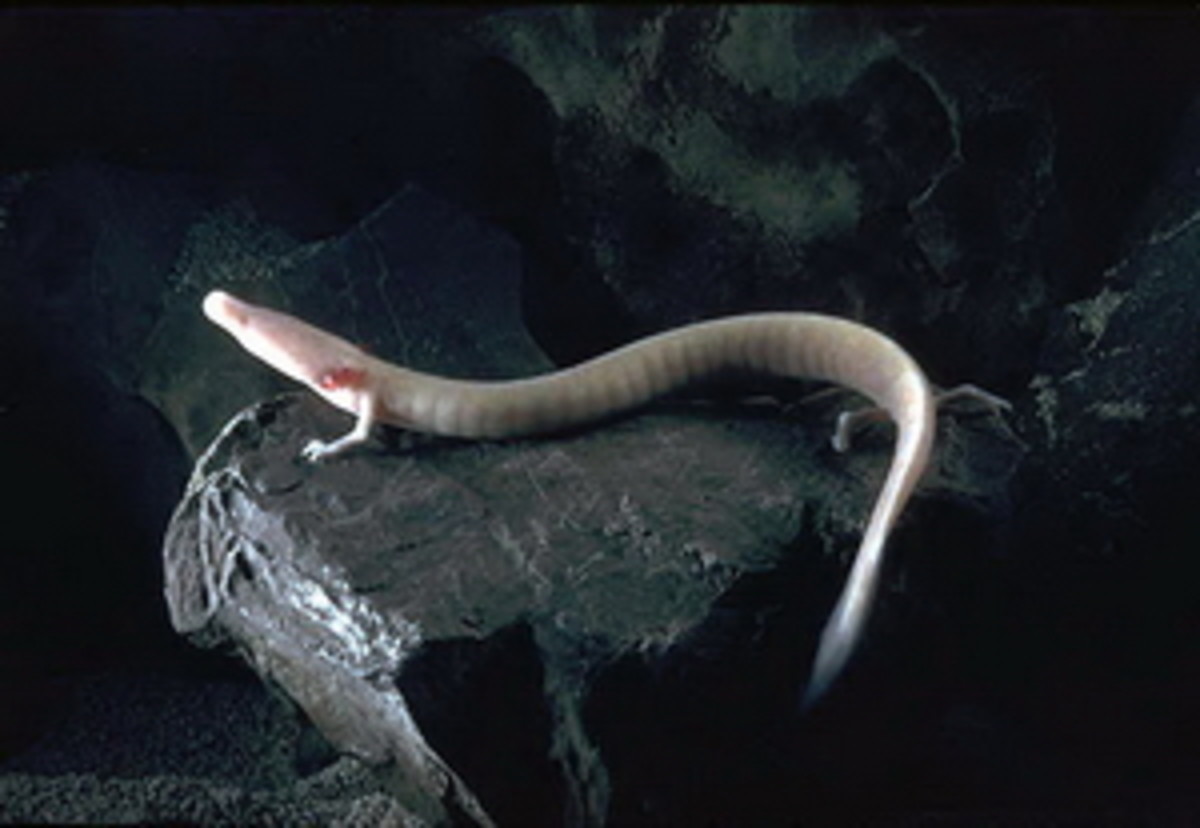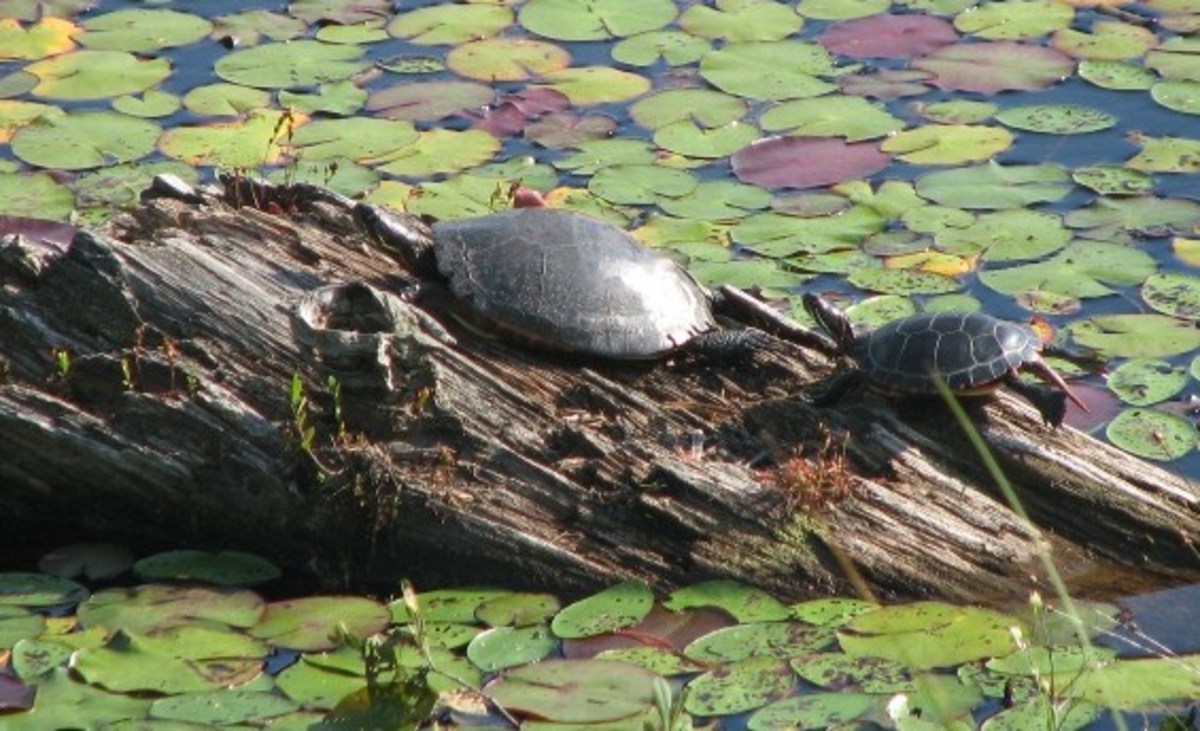Weird Animals - the Aye-Aye
Rare, Weird and almost Extinct Aye-Aye
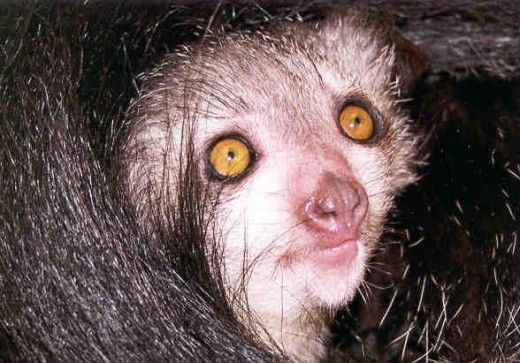
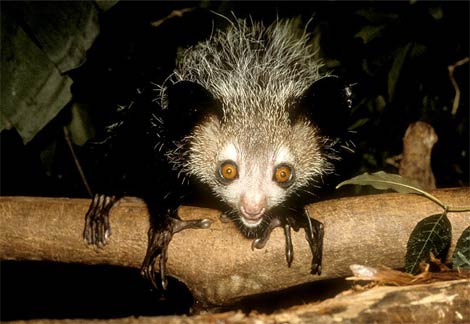
“Aye, aye” is the affirmative response that sailors make when the Captain of the ship gives orders. But there’s another kind of aye-aye and you will probably never ever see one – a rare, nocturnal animal that is found only on the island of Madagascar. This aye-aye may not look like a primate but it is related to apes, chimpanzees, gorillas, and yes, to us – humans.
The aye-aye has coarse, shaggy dark-brown or black fur with white hair scattered around its pale face and neck and a large, bushy tail that is larger than its body. It has large, hypnotic eyes with yellow-brown irises, very slender fingers, and large, hairless, sensitive ears. Aye-ayes have pointed claws on all their fingers and toes except for their opposable big toes, which enable them to dangle from branches. They are small primates weighing only about 5½ to 7 pounds – about the size of your cat. (Its head and body length is about 14 to 17 inches and its tail is about 22 to 24 inches long).
Do you remember the 1982 movie, “ET, the Extra-Terrestrial?” When I first saw a photo of the aye-aye with its eloquent-looking eyes and elongated middle finger, I was reminded of ET with his soulful eyes and extra-long index finger. They both have much in common. ET is fictional and does not exist. The aye-aye is real but on the endangered list and soon may cease to exist as well.
Aye-ayes spend their lives in bamboo forests and avoid coming down to earth. Because they are nocturnal, aye-ayes spend the day curled up in a ball-like nest of interwoven dead leaves and branches. The nests look like closed spheres with single entry holes and are found high up in the forks of large trees.
Unusual Dining Habits
The aye-aye could be described as a night-time primate "woodpecker." To search for food, the aye-aye taps on trees with its extra-long, skeleton-like middle finger. and listens intently with its extra-large ears for the sounds of wood-boring insect larvae moving under the bark. Aye-ayes are the only primates thought to use echolocation to find prey. It employs this same extraordinary middle finger to pull its food out of the tree branch. This remarkably long and agile finger is also used for scooping the insides out of coconuts, mangos and other fruits that supplement its basic diet of protein – insects, grubs and worms. In captivity, the aye-aye will also eat sugar, bananas and eggs.
The aye-aye is also different from other lemurs – its monkey relatives – because of its highly specialized and very unique teeth, distinct from all other primates. How different is it? Aye-ayes have continuously growing, razor-sharp incisor teeth that can bite through concrete and aluminum. Only the anterior surface of their teeth has enamel, so they self-sharpen as they wear in the same manner as rodent incisors. In fact, because of their rat-like teeth they were considered a rodent during the early part of the 19th century.
The aye-aye (of the family, Daubentoniidae) is a nocturnal forager. Up to 80% of the night is spent traveling and foraging for food in the upper canopy (above 23 feet) of trees in the forest. The foraging activities are separated by rest periods that may last up to 2 hours. The aye-aye is able to move nimbly around the branches and can leap and climb vertically with ease. Horizontal movements are more deliberate, but it does descend to the ground occasionally and sometimes covers large distances. Males can travel up to 2½ miles in a single night.
Is the aye-aye going bye-bye?
The aye-aye is an endangered species because of the loss of its forest habitat, and also because of superstition. In some parts of Madagascar, the grotesque-looking aye-aye is regarded as a harbinger of evil and is killed on sight. The Sakalava people, for example, believe that the aye-aye enters houses during the night through thatched roofs and murders the sleeping human occupants. It supposedly uses its elongated finger to pierce the heart of its victims.
Traditionally, indigenous people on Madagascar tolerated the aye-aye, and even regarded it with superstitious awe. However, attitudes have changed and now the aye-aye is regarded by many as a symbol of death. With the loss of its forest habitat, aye-ayes often fearlessly invade plantations to raid crops of mangos and coconuts. The appearance of one in the village is believed to signify the imminent death of an inhabitant, so the aye-aye is killed on the spot. The only good news – because of its evil reputation, it is usually not hunted for food.
Why, oh why, the name, aye-aye?
In Malagasy, “aye-aye” can mean something that someone does not want to talk about. So, because of local superstition, the aye-aye may have received its name because people do not like talking about it! Aye-aye is also what the villagers call to each other when one is spotted, as a warning that this “bad omen” is present.
Aye-Aye Addenda
* The aye-aye displays an unusual degree of audacity with respect to humans. Wild aye-ayes have been known to stroll nonchalantly down a village street in Madagascar, or appear unexpectedly from nowhere in the rain forest to delicately sniff the shoes of a human interloper.
* Female aye-ayes generally produce a single offspring with a two to three-year interval between births. Baby aye-ayes are weaned at about 7 months. A young aye-aye stays with its mother for about 2 years.
* The aye-aye will live for about 26 years in captivity; its lifespan in the wild is unknown.
* Peculiarly, the Aye-Aye will hang upside down from tree branches when it is mating.
* The Aye-Aye is considered a solitary creature and this is true of the female of the species. She will never allow another female’s territory to overlap upon her own. The male, however, can be quite friendly with other males and his territory will often overlap that of several females.
To help protect the aye-aye from extinction, at least sixteen reserve areas have been set up throughout Madagascar. A number of aye-ayes have been captured and released on the island of Nosy Mangabe, a protected reserve off the northeast coast of Madagascar. There are also six different captive aye-aye programs in the United States including the Duke PrimateCenter, the Jersey Wildlife Preservation Trust and the San Francisco Zoo.
© Copyright BJ Rakow 2011. All rights reserved.
B. J. Rakow, Ph.D., Author, "Much of What You Know about Job Search Just Ain't So." Enlightening information about interviewing, networking, writing resumes and cover letters and negotiating. But fun to read.




